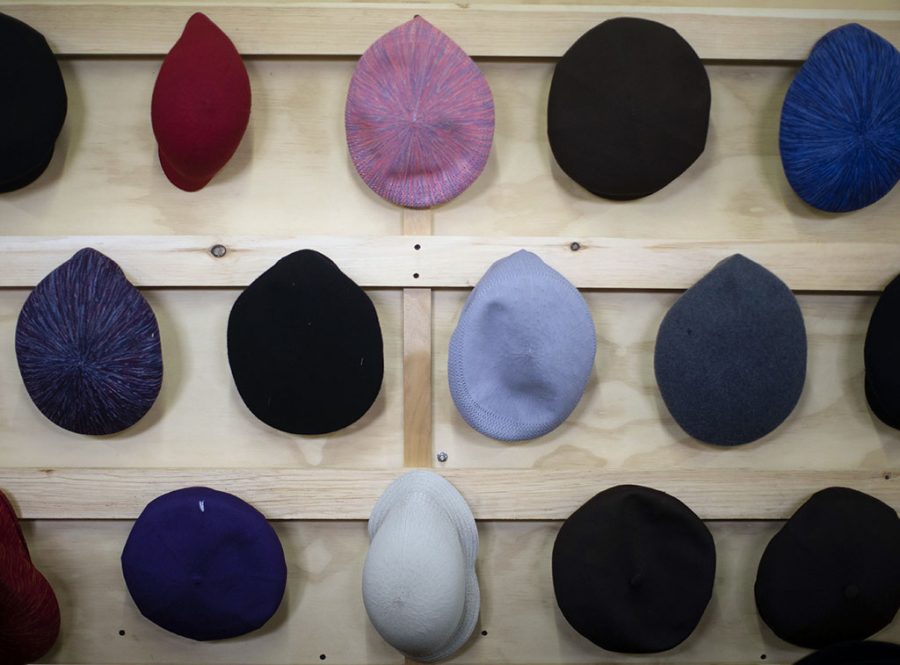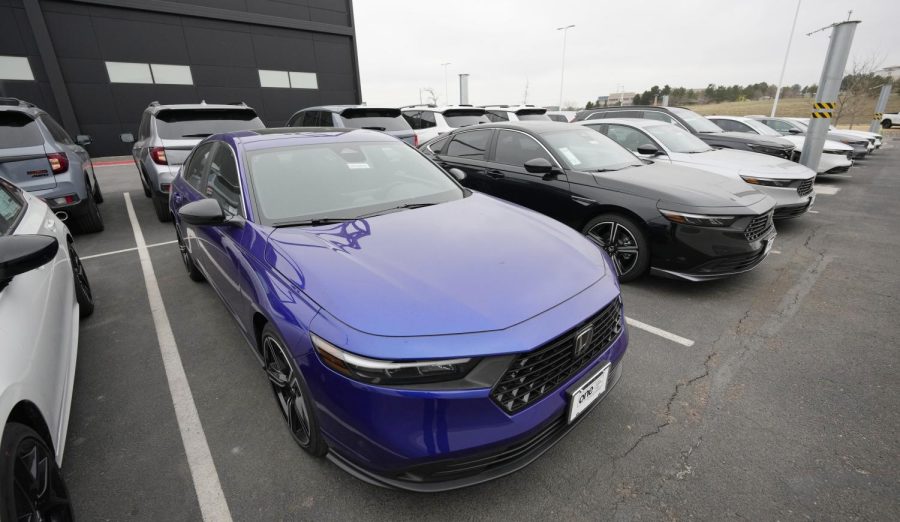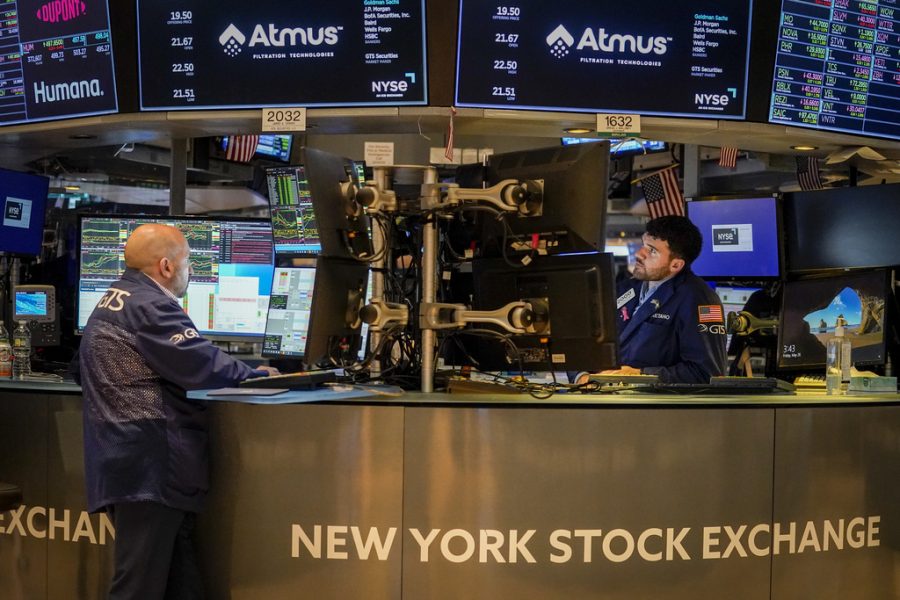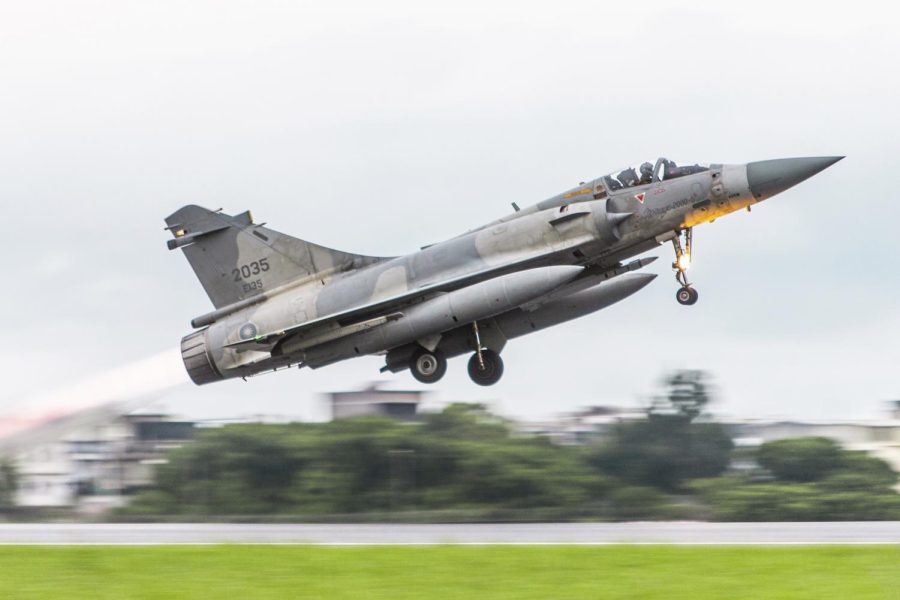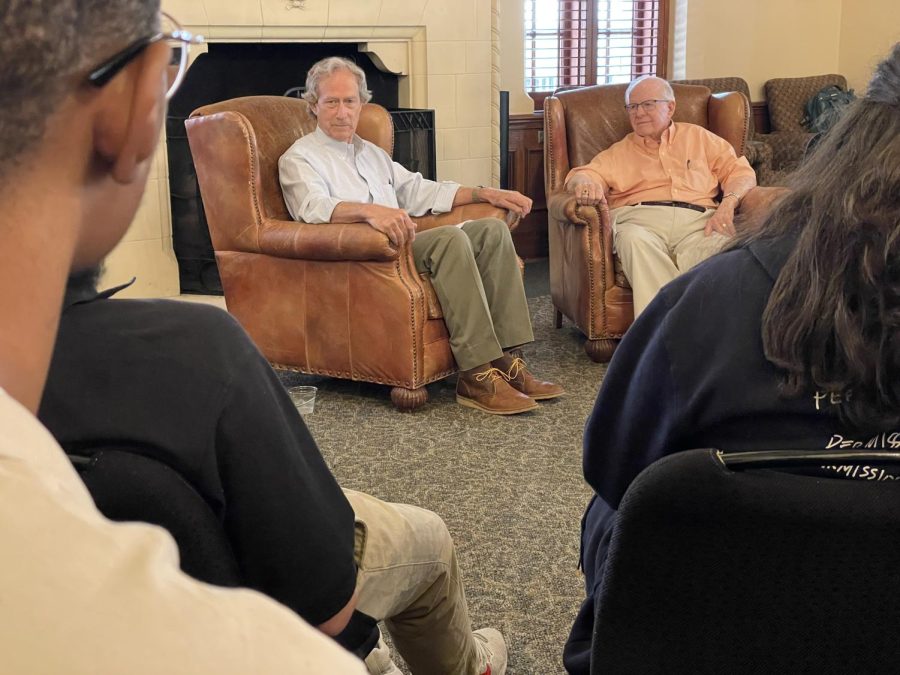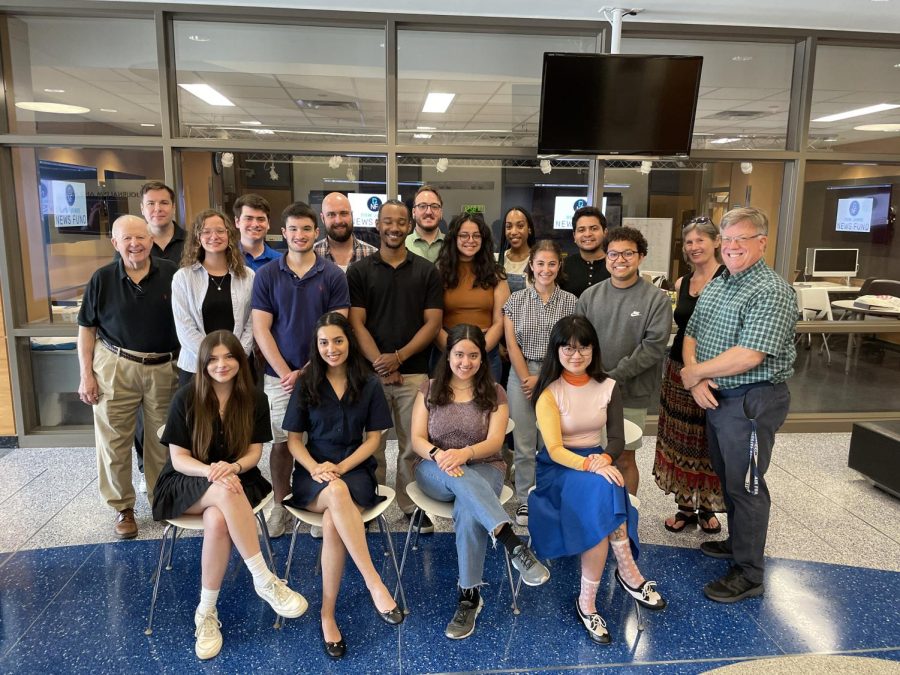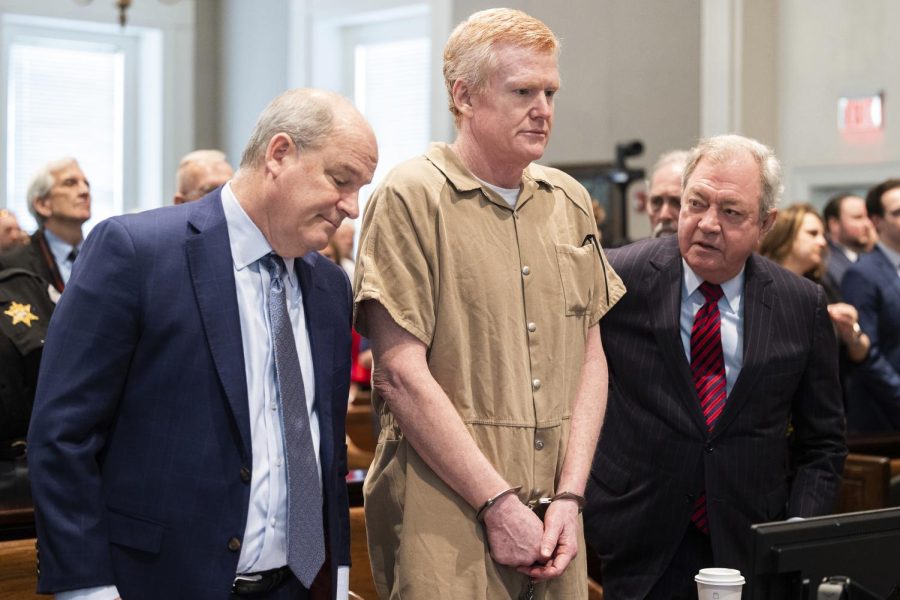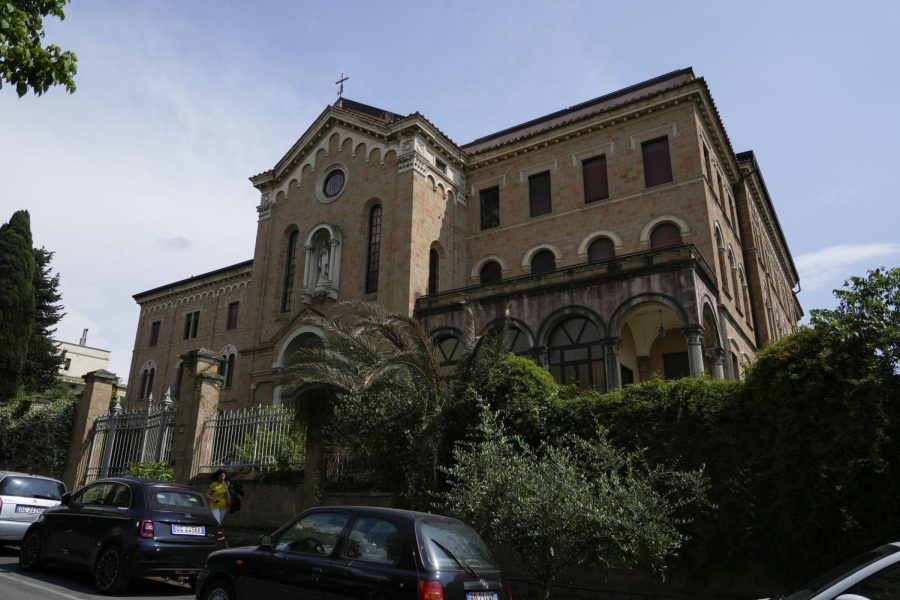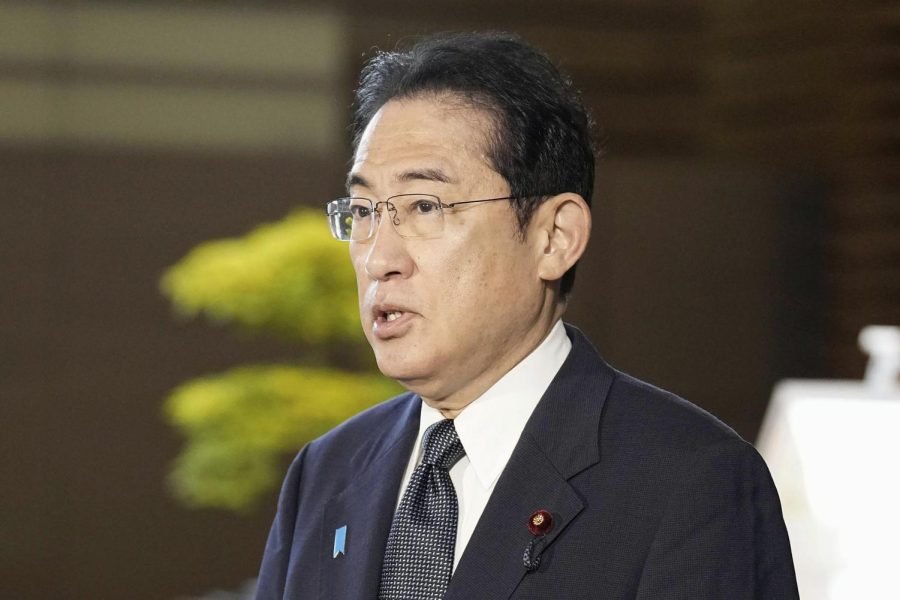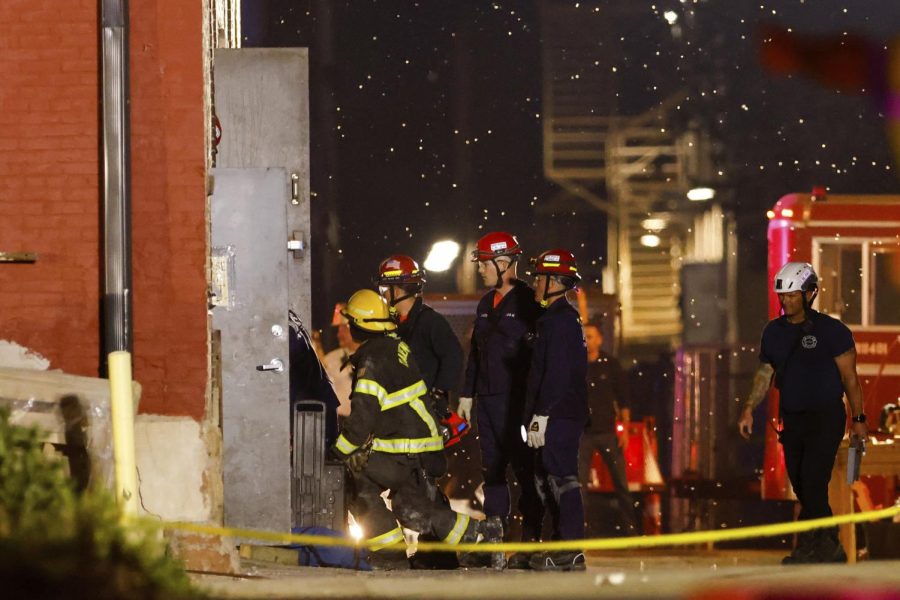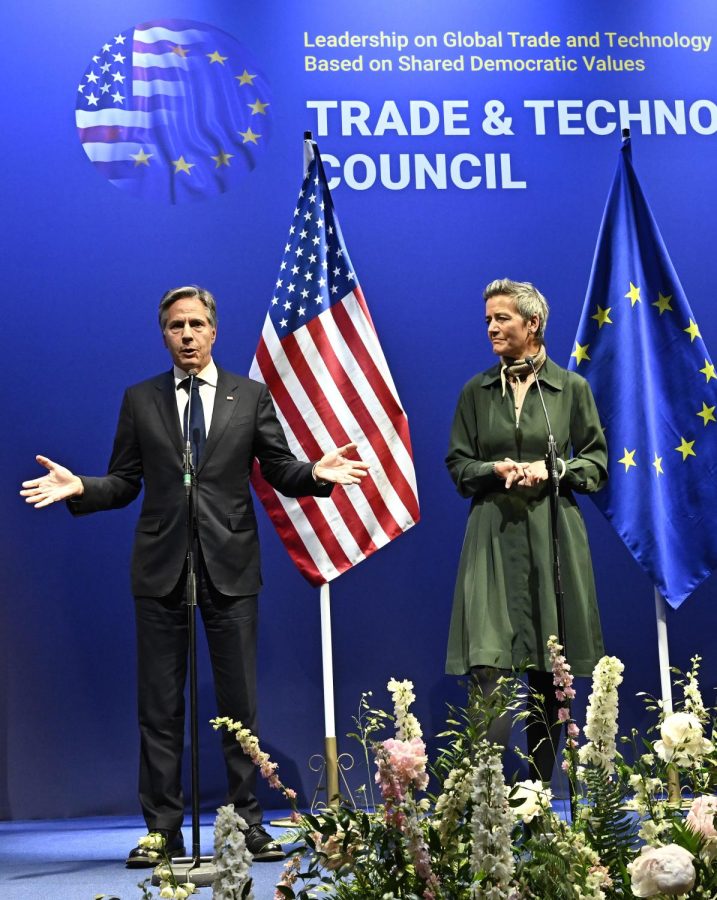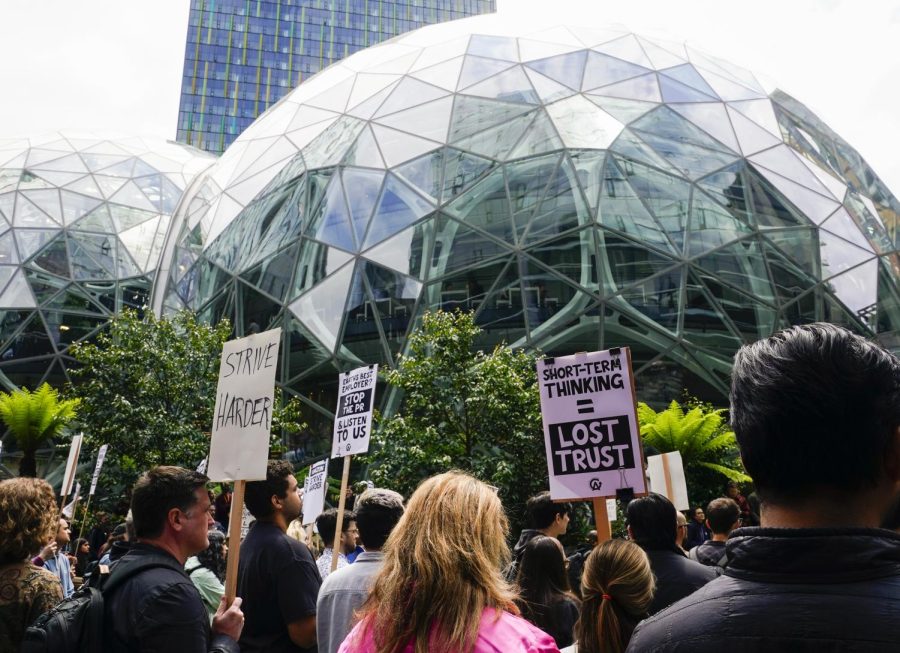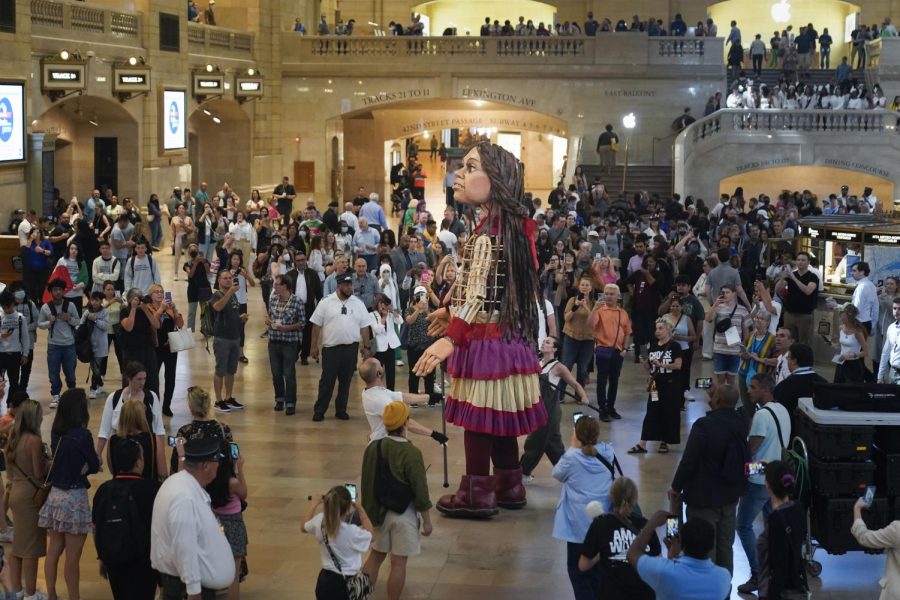MICHAEL RUBINKAM
Associated Press
ADAMSTOWN, Pennsylvania — Inside the Bollman Hat Co.’s 19th century, red-brick factory in Pennsylvania Dutch country, Amaryllis Garman, 38, carefully places a piece of knitted fabric on a machine that joins both ends to form the familiar Kangol flat cap. She takes care to ensure a straight line. Her job requires patience and hand-eye coordination, and comes with a steep learning curve.
When Garman started, she could make 10 hats a day. She’s up to several times that now and hopes to become even more efficient.
“I was ready to give up,” Garman said with a rueful laugh. “Very difficult, but once you accomplish it, it’s a good feeling.”
Garman’s job is new, as the famous hat brand — worn by celebrities like Samuel L. Jackson, Brad Pitt and Gwen Stefani — moved from China to a Pennsylvania factory only last year. Executives with Bollman billed it as an effort to create U.S. manufacturing jobs.
But Kangol is struggling to afford its pricey new U.S. digs, as labor costs went up and profits went down.
The 149-year-old company behind Kangol says it’s losing money on every kangaroo-logo cap knitted at its factory in Adamstown.
“It has been certainly a bigger challenge than what we could’ve ever dreamed,” said Don Rongione, Bollman’s president and CEO.
The nation’s oldest hatmaker expects a relatively quick turnaround once U.S. workers get better at making the popular Kangol caps. But Bollman’s early struggles with Kangol illustrate why the labor-intensive garment industry left the U.S. in the first place.
Still, Bollman bets the company can succeed with U.S. workers, who are making Kangol hats — the company’s most important products — the old-fashioned way.
The employee-owned company raised more than $100,000 through a Kickstarter campaign to ship dozens of knitting machines from China to Pennsylvania, then got to work refurbishing the ancient workhorses that have knitted the fabric used in Kangol caps for nearly 80 years. American workers had to learn how to sew, shape and embroider the distinctive headwear.
Nearly a year later, Bollman’s overall cost per hat is still twice as high as it was in Asia, partly because the Pennsylvania crew can’t yet produce as many hats in a day as their more experienced counterparts at the now-shuttered factory in Panyu, in southern China. But the cost per hat was three times as high initially.
Bollman has spent more than $1 million to shift production to Pennsylvania, putting a financial strain on a company whose brand lineup also includes Helen Kaminski. There was no profit sharing in 2016, and, for the first time in 31 years, the company didn’t make a contribution to its employee stock ownership plan.
The Adamstown factory is responsible for about 20 percent of Kangol production, with the rest coming from plants in England, Italy, Taiwan, China and Vietnam.
Bollman has to start making money on its U.S.-made Kangol headwear or it’ll eventually have to ship production back overseas, Rongione said.
“This is not yet a success story,” Rongione said, “but we have great confidence we’re going to get there. … This is near and dear to our hearts.”
[aesop_gallery id=”5338″ revealfx=”off”]


